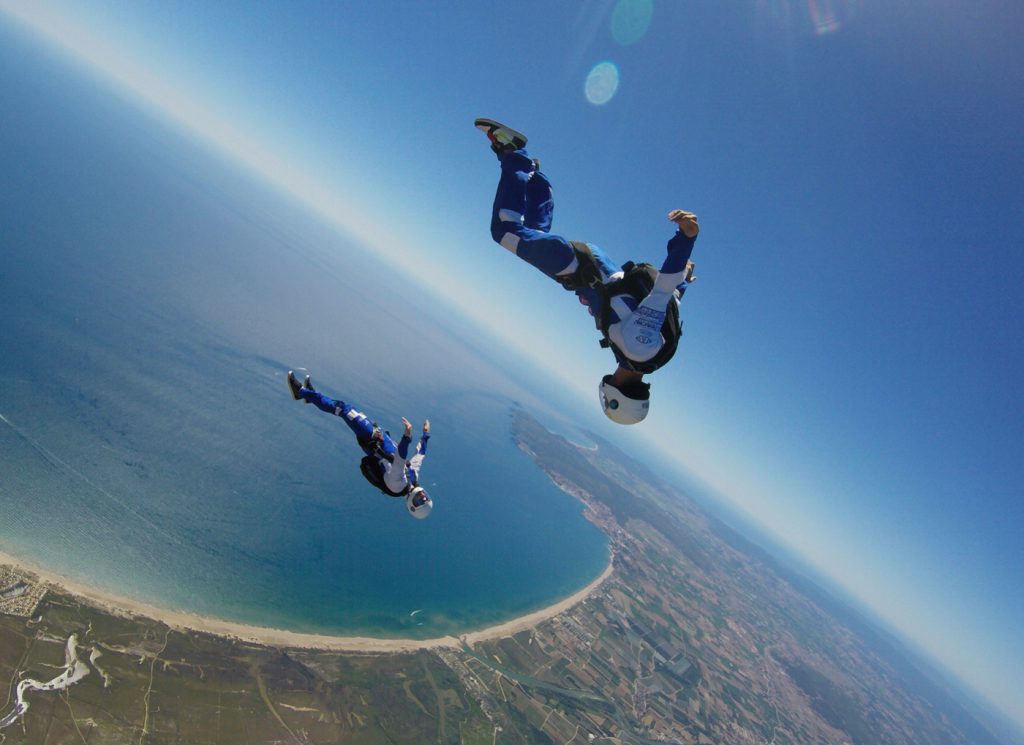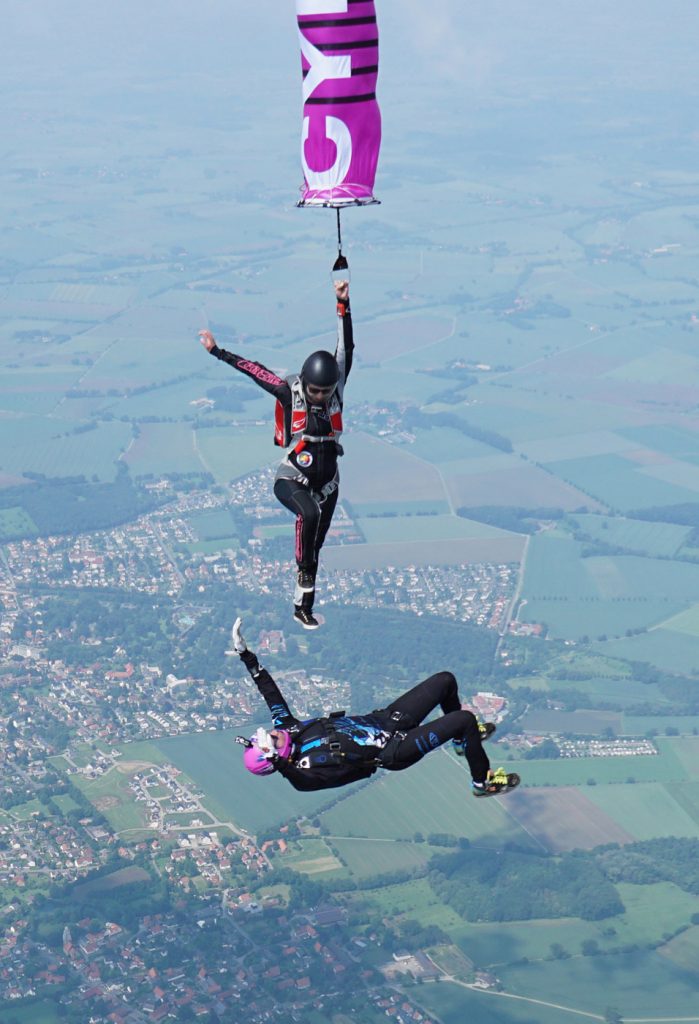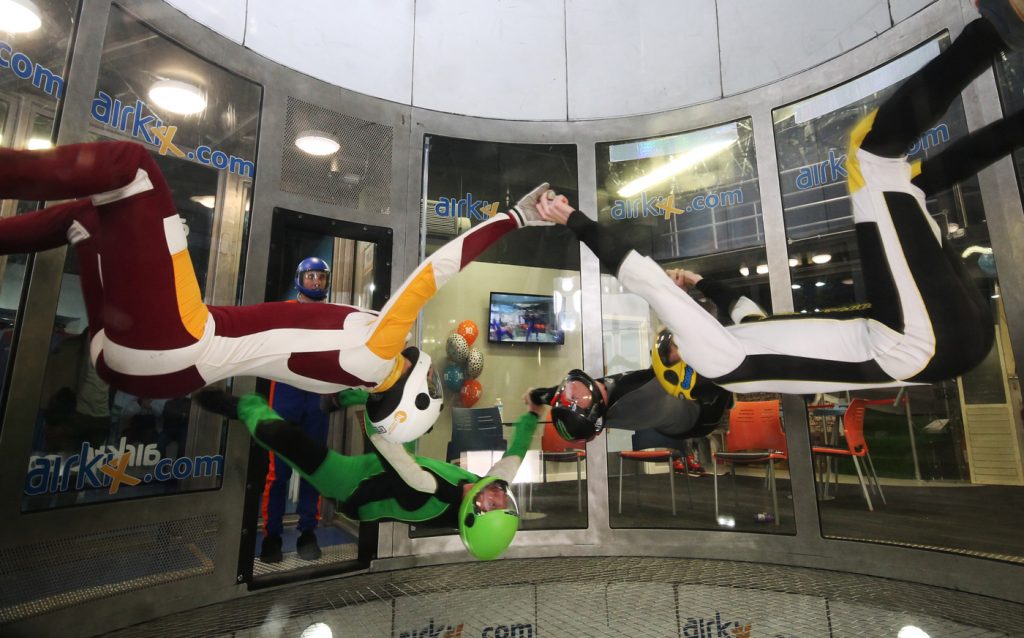Originally published on Dropzone.com in June of 2017.
Backflying, in the manner that you learn as the entry point into freefly training in the tunnel, is not something much done up in the sky. Back tracking yes, and transitioning through your back from one place or position to another also yes, but static backfly not so much. Nonetheless, it is a crucial skill for many reasons – not only as a safety position that you can control at any speed, but also to build your awareness and ability with more advanced techniques.
These days, people understand much better the importance of being able to backfly with confidence. From the perspective of coaches and instructors the resistance to students spending time learning this skill is more manageable than it was not such a long time ago. If you are feeling morbid and have substantial gap in you day, go dig up an old tunnel monkey and set them off about teaching backfly – then watch as their eyes bulge and the veins on their neck stick out.
Investing in you backfly skills now will save you a lot of time and money later.
The ways in which this orientation sets you up for strong progression are important and various. Not only is it your rescue position when practicing high-speed drills in the tunnel, it is the jumping off point for understanding carving, how to build your back tracking and angle flying skills, and develop your awareness when switching between head up and head down.

How Does Back Carving Work?
Carving all works in the same way regardless of which way, which way up, or on which side you are approaching it:
The combination of a drive and a turn creates a carve.
If you just drive in a straight line with no turn then you fly straight into the wall. If you just turn and don’t drive at all then you spin on the spot. The balance between these two inputs dictates the size of the carve. Ok, so now jump back to just driving and not turning – when learning to carve hitting the wall is not your goal, but what if there is no wall to hit? The surfaces you use to control your speed and pitch are the same whether you are going around in a circle or in a straight line, so the muscle memory and technique you develop while learning to carve in the tunnel is immediately applicable to your angle jumps. Hooray!

Orientation and Awareness
So much of learning how to fly is teaching your brain and your body to do the opposite of what it is naturally programmed to do. Slow is fast, left is right, up is down. When practicing moves that are initially complicated and difficult, it can be very challenging to consider any other factors than simply getting to body position right. As your skills grow so does your ability to process more information – such as where you are, where anyone else is, where you have just come from and where you are going.
Awareness drills that you can practice early on help greatly toward overwriting your brain with the correct information about which inputs move you in which direction.
For example, transitioning from head up to head down while facing the same way switches the direction of your whole body – shoulders, head, eyes, brain – everything that was on your left side is now on your right side and vice versa. Without training your body to understand how this affects movement and swap things around accordingly, you will find yourself going the wrong way because it feels correct to go the wrong way.

Building your understanding of how, why and when to switch direction is a vital part of moving around safely and with purpose while freeflying.
So start now. When you are flying on your back looking down across your chest towards your feet you are in a head up position. When you are flying on your back with your chin up as far as it will go, your eyes pointing backwards and the top of you head down towards the net you are in a head down position. It does not matter that your body remains horizontal – for all intents and purposes you brain is learning the differences between the two. When you move on to higher wind speeds and and positions that are tougher on both your body and attention, having been aware of how this works from the start and including it in your training will help a lot with how fast you move on.
So, right from the start there are things you can do in the tunnel that will improve your skydiving. Learning to freefly properly is something that requires attention to detail and practicing backfly skills on low wind speeds in no way diminishes the rate at which you learn.
